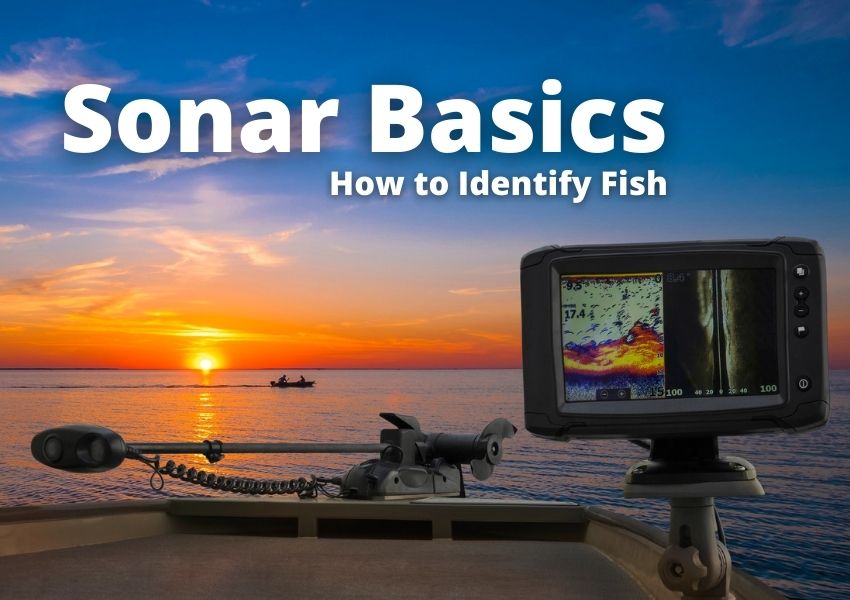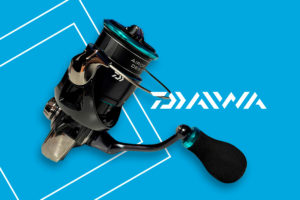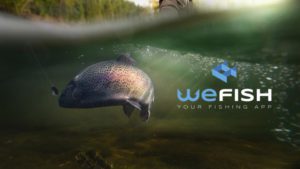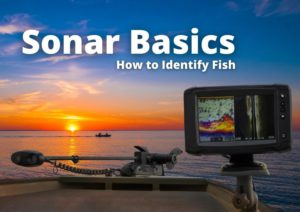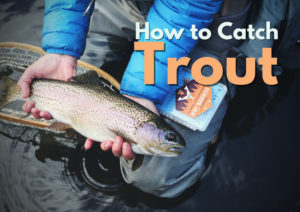Sonar was developed in World War I in order to locate submarines. Why mention that in an article about fish finding? Because it illustrates an interesting point: Sonar wasn’t developed to find fish. It was developed to find underwater objects. And every sonar device – fish finders included – is good at doing exactly that. The consequence of this is that your fish finder won’t necessarily yell, “This object is a fish!” (though there are some exceptions). That means you’re going to need to learn how to identify which underwater objects are fish, and which ones aren’t. In this brief guide, we’ll help you do exactly that.
The golden arch
Whether you plan on making your fish into a happy meal or you’re doing some catch-and-release trophy hunting, the golden rule of fish finding is the same: Fish show up as arches.
To understand why fish show up as arches, it’s useful to know how a sonar works. The sonar is projecting sound in a cone, not in a straight line. It constantly reports back objects in that cone – even if you’re stationary. The reason that fish show up as an arch isn’t because that’s the shape of the fish – it’s because the fish is moving through the cone, so your transducer detects it at various points, like the side and middle of the cone. In other words, arches mean movement. And movement means fish.
It’s worth noting that you won’t always get a full arch – sometimes you’ll only get half an arch. That’s still a fish – just like a half-arch rainbow is still a rainbow.
Size matters – but length doesn’t
A consequence of this is that a long arch doesn’t mean you have a big fish. A long arch means you have a fish that travelled quickly through the sonar cone.
That can be relevant, if you know the type of fish you’re looking to catch moves very quickly (more on that later). But if you’re simply looking to catch a big fish, the length of the arch doesn’t matter.
What does matter is the width of the arch – that means the bigger an arch is vertically, the bigger the fish is. This can be a little difficult to decipher with fish that like to hang out near the bottom, but you’ll get it with practice.
Learning about the fish you’re angling for
You want big fish – that’s a given. But different fish have different behaviors.
Catfish are a great example. As you almost certainly know, most species of catfish that are worth angling for are bottom feeders. That means you’ll want to look for arches near the bottom. Fishfinders are great at displaying bottom hardness and structure, so this is pretty easy to get the hang of.
On that very note, some fish prefer soft bottoms, while other fish prefer hard bottoms. Some fish prefer certain types of structure.
You’ll also learn to spot schools of fish – when several arches are grouped together, it’s almost always a school. You don’t want them biting your line, but they may attract certain large fish.
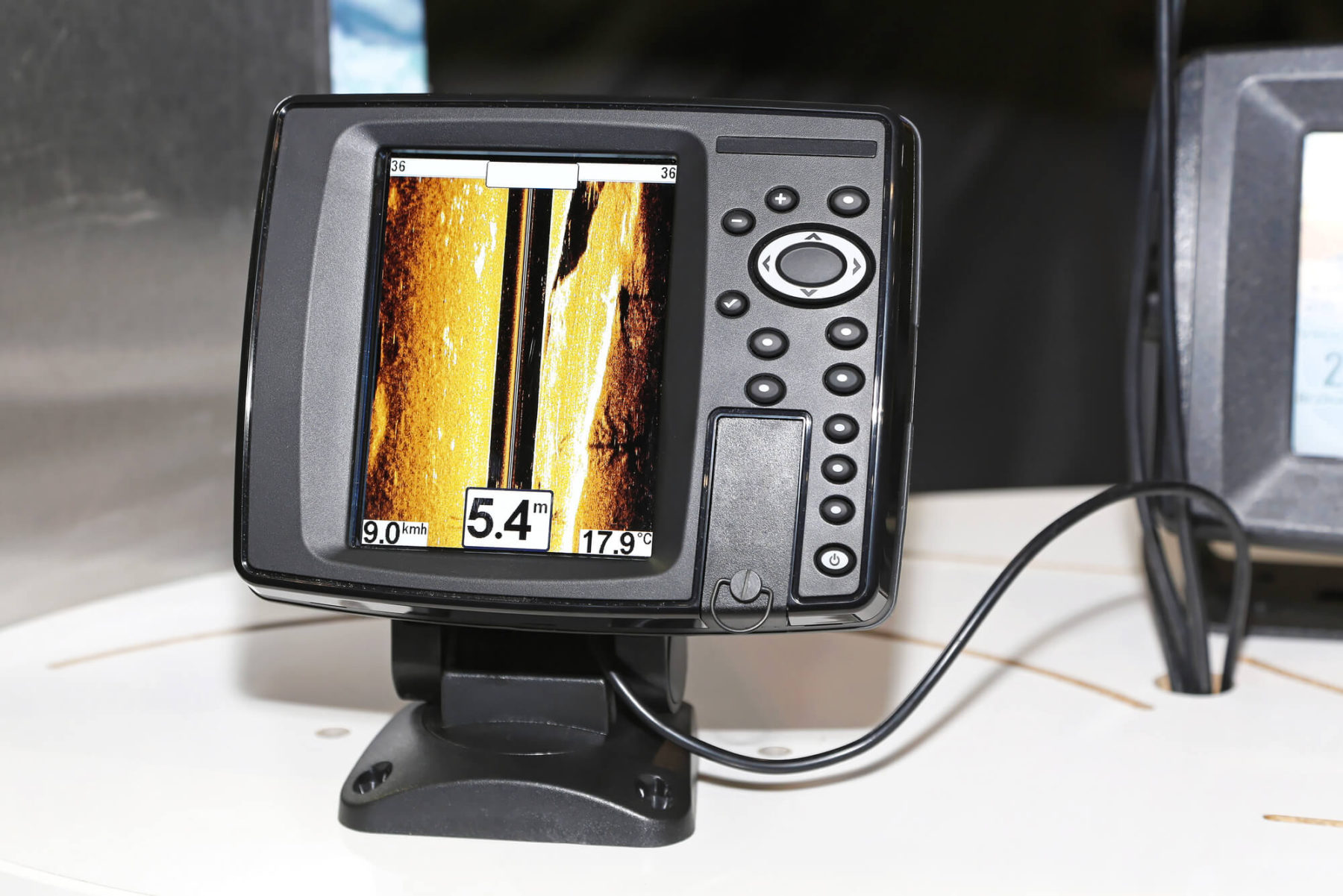
Play around with your fish finder
Your fishfinder may have features that help you – well, find and identify fish. At least we hope it does. It’s a fish finder, after all. We can’t go over all of these features – there are too many fish finders on the market. We will, however, point out a couple that could be useful.
The first is some variation on the Fish ID system. This is a great tool for novices that some finders have. The arches that you’re going to learn to see as fish are detected by the fish finder, and replaced with fish icons. That makes it easier to identify fish when you’re just getting started.
You’ll also want to test the imaging function your fish finder may have. At this point, all the best sonar fish finders have some sort of imaging – it’s becoming industry standard. While you’re not going to toggle back and forth between imaging and sonar every time, some anglers prefer having both on their screen at the same time.
Fish appear more clearly on Down and Side Imaging. You can compare the fish you see on the imaging to the fish you see on your sonar – this helps you identify which arches are fish, and how various fish behave.
Finally, play with the sensitivity on your fishfinder. If you don’t have enough sensitivity, you may not be able to find any fish – too much, on the other hand, and you’ll have too much noise to distinguish fish from other objects.
Now that you’ve got the knowledge you need to take full advantage of the sonar feature on your fishfinder. Happy fishing!

